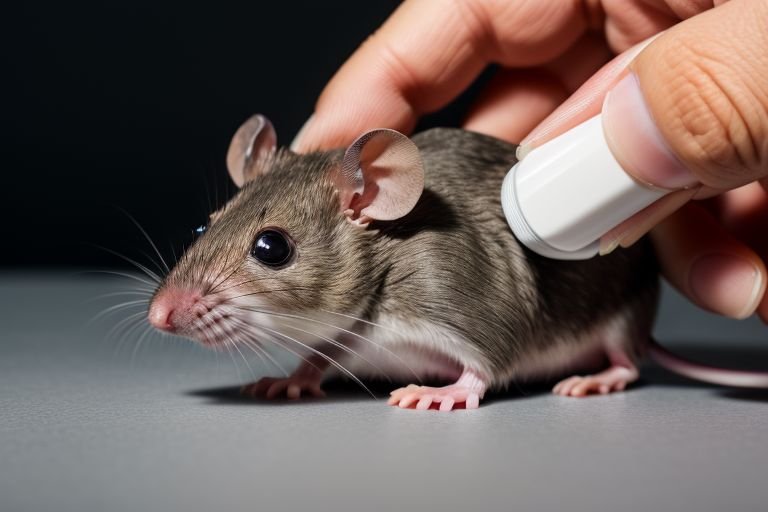The principal function of the lung is to facilitate the absorption of oxygen and elimination of carbon dioxide. This exchange occurs in alveolus when gases cross thin alveolar and capillary membranes. Premature birth often impairs alveolar formation and lung injury can reduce the number and function of alveoli. Postnatally, a host of pathologic conditions can lead to alveolar destruction and reduced lung function. Our laboratory is focused on understanding how mechanical inputs regulate the physiological and pathological remodeling processes of the perinatal and postnatal lung.
How Stretch Regulates Lung Matrix Remodeling in Development and Disease
The human lung begins as a foregut outpouching of the ventral foregut during the 4th-5th week of gestation subsequently progresses through a series of developmental stages culminating in a gas-exchanging organ with a surface area of ~750 square feet and a vasculature that matches right ventricular output to the bulk flow of atmospheric gas. While we understand many of the critical events in early lung morphogenesis, we understand less about how the lung forms these gas exchanging units (alveoli), how these pathways and processes are altered in states of impaired development (i.e. bronchopulmonary dysplasia or destruction (i.e. emphysema), and how we might halt these destructive processes and promote lung development and regeneration. Since the late prenatal and postnatal lungs exist within the cyclic stretch of the respiratory cycle, we focus on understanding how mechanosensitive and mechanotransductive inputs regulate morphogenesis of the late prenatal and postnatal lung.
How do mechanical forces regulate lung cell function and fate decisions in the prenatal lung?
Techniques: Lung organoids and animal models of congenital diaphragmatic hernia and fetal tracheal occlusion
How do mechanical forces regulate alveolarization during development and alveolar destruction in emphysema?
Techniques: Animal models of lung development, regeneration and emphysema, precision cut human lung sections
Can we use gene expression profiling of the nasal epithelium to classify lung injury in pediatric ICU patients?
Techniques: Next-Gen mRNA-Sequencing
Tracheal administration of PPE
PBS
0.5 unit PPE
1 unit PPE







